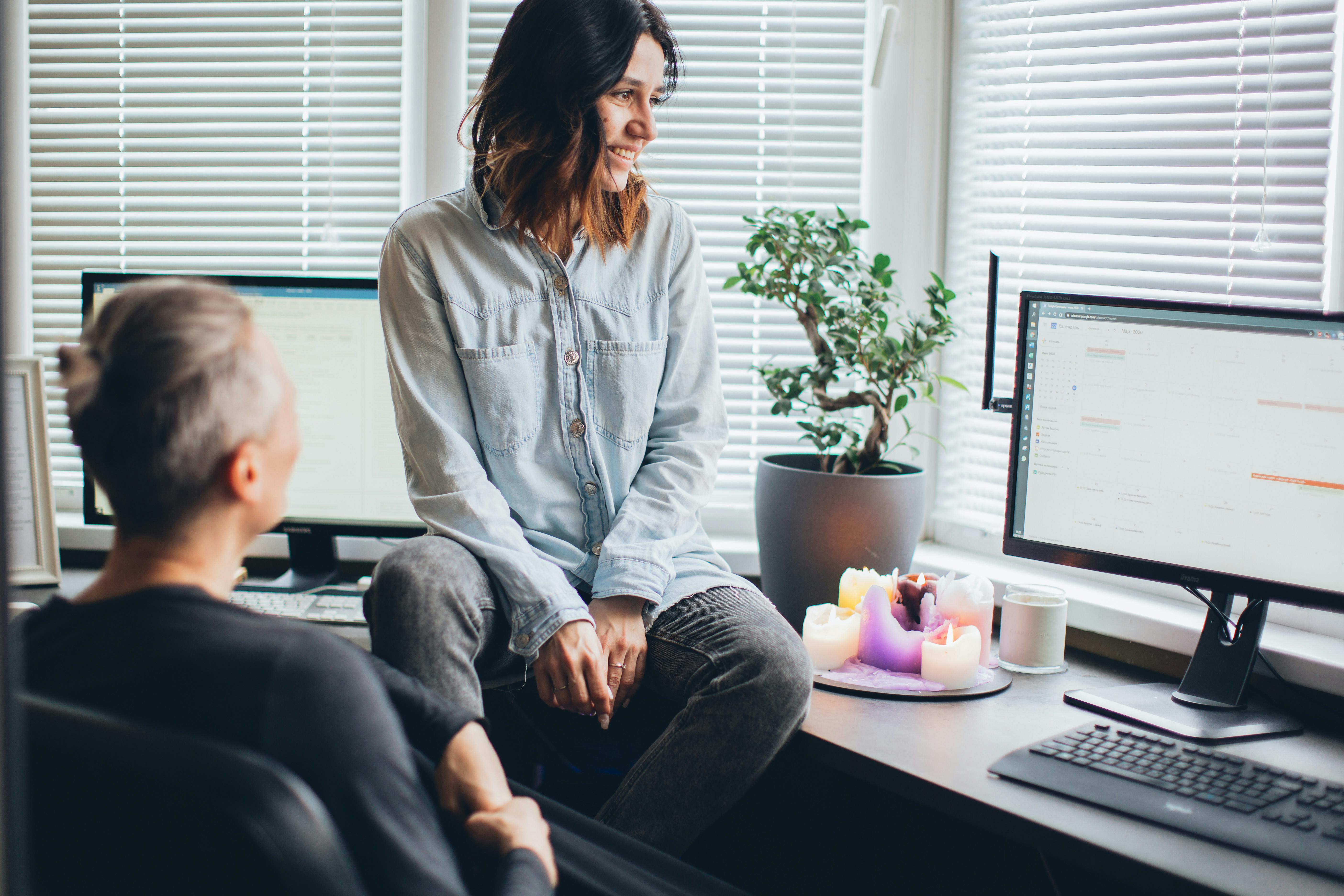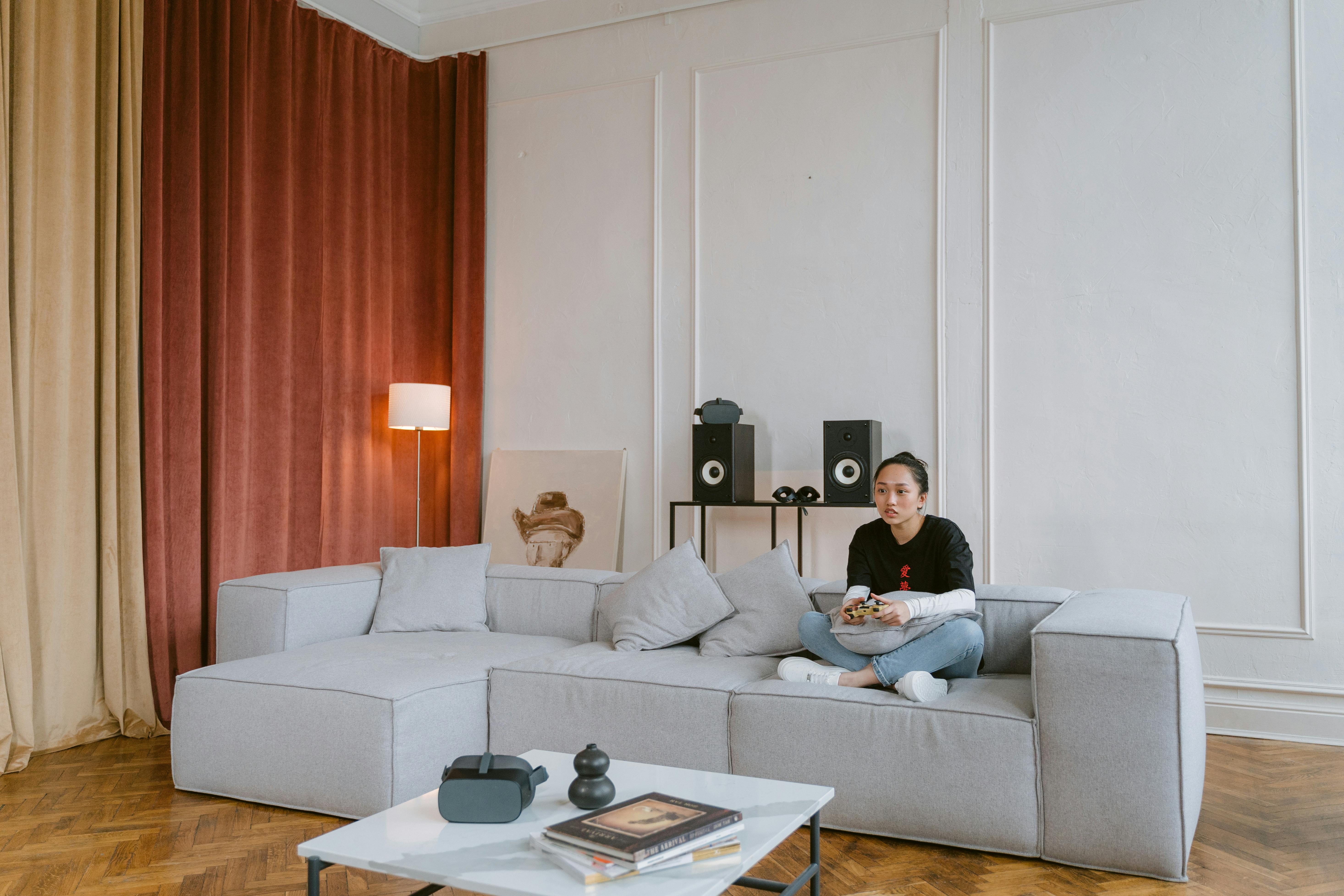When you hear about YouTube in developing countries, your perception takes you to the realm of entertainment. It is quite natural for someone to think of YouTube as a gigantic source for watching free entertainment videos. During my parent-teacher conference held for high school students, when I told them about using YouTube as an educational source for their children. All of them were amazed.
I am from pakistan and i have been working as a computer science teacher in a university since last 14 years. Like other developing countries, most of us are far behind in the race to use information technology in our children’s education. For the most part, parents, due to ignorance, keep their children away from the use of the Internet in college classes and first years of university. Although we have some dazzling star children in the field of Computer Science and technology. The late Arfa Karim (computer scientist), Syed Sumail Hassan (Pakistani eGamer) and Rafay Baloch (ethical hacker) are some of them. Their parents encouraged their children and did not allow them to use digital media as a source for their education and positively provided them with the best services. Therefore, by making teachers, parents and students aware of the use of digital technologies in the learning process, you can increase their performance and also bring many more star performances.
1. YouTube as an educational source
As discussed at the beginning, YouTube is nothing more than a collection of mixed quality videos depicting the latest internet craze, painful accidents, music videos, and entertainment videos. This is really a misconception and an underestimation of this real potential of YouTube which I consider to be the best source of education, free and cheap. From how-to videos to expert TED talk videos, YouTube is the most important educational source this time for Pakistan and other developing countries.
The raw statistics on videos viewed on YouTube are staggering. Every minute more than 100 hours of content are uploaded, people from 61 countries around the world are approached and more than 10 billion hours are watched every month. The statistics on educational videos are so healthy that more than 400 million people around the world are profiling for a new educational course. A growing number of free educational channels, like thenewboston and theITeducation, give anyone, anywhere access to a huge collection of videos on just about any topic one might need in education. This is lucky and happy news for people in developed countries and especially in developing countries as people in developing countries like Pakistan may not be able to have sufficient budgets.
Schools and universities are integrating free video platforms like YouTube into their classrooms. The sessions are produced by content developers or by the teacher/lecturer himself, using a webcam and some easy-to-learn software, and are uploaded to YouTube. The link is then embedded on the course website, where students can view it on demand. These videos can be public or private.
2. Educational mobile applications
Mobile devices have now evolved into smartphones and have become a part of daily life for parents, teachers, and students today. This new technology could also be used as an educational tool using modern, simple and versatile educational applications. Mobile apps like Edmodo, Khan Academy provide collaborative, interactive and planned learning possible on figure tips. These advanced devices are used in classrooms to integrate books, tests, and quizzes. It motivates students about the ‘Learning Study’ from vocabulary learning to literacy skills and builds on comprehensive knowledge. A global researcher found that young people are using smartphones with an emphasis on iPhone, iTouch applications and extensive contribution through iBook Textbook. This has enhanced scientific inquiry skills with content development and active and productive learning. It has been rightly referred to as ‘learning with technology’ which has produced an enthusiasm to learn with a greater sense of self-confidence, pride in their abilities and hope for a spectacular future.
3. Virtual University televisions
Educational technology is the application of scientific knowledge about learning and learning conditions to improve the effectiveness and efficiency of teaching and training. Television is one of the most widely used devices for educational technology. It plays an important role in making the teaching-learning process interesting, objective and scientific. It brings an appreciable change in the behavior of students and teachers. In Pakistan, the world’s first virtual university was established in 2000. Pakistan Virtual University launched its own four television channels. All the lectures of different topics are broadcast on these channels which are carried by the cable television network throughout the county. It is required by the government. of Pakistan for all cable TV operators to broadcast these channels. All devices are provided to these carriers free of charge. But unfortunately, the students are not using this facility. All lectures are recorded by PhD professors who are on air for everyone to view for free. Parents, students, and teachers should tell their students to look to these TV channels for help.




